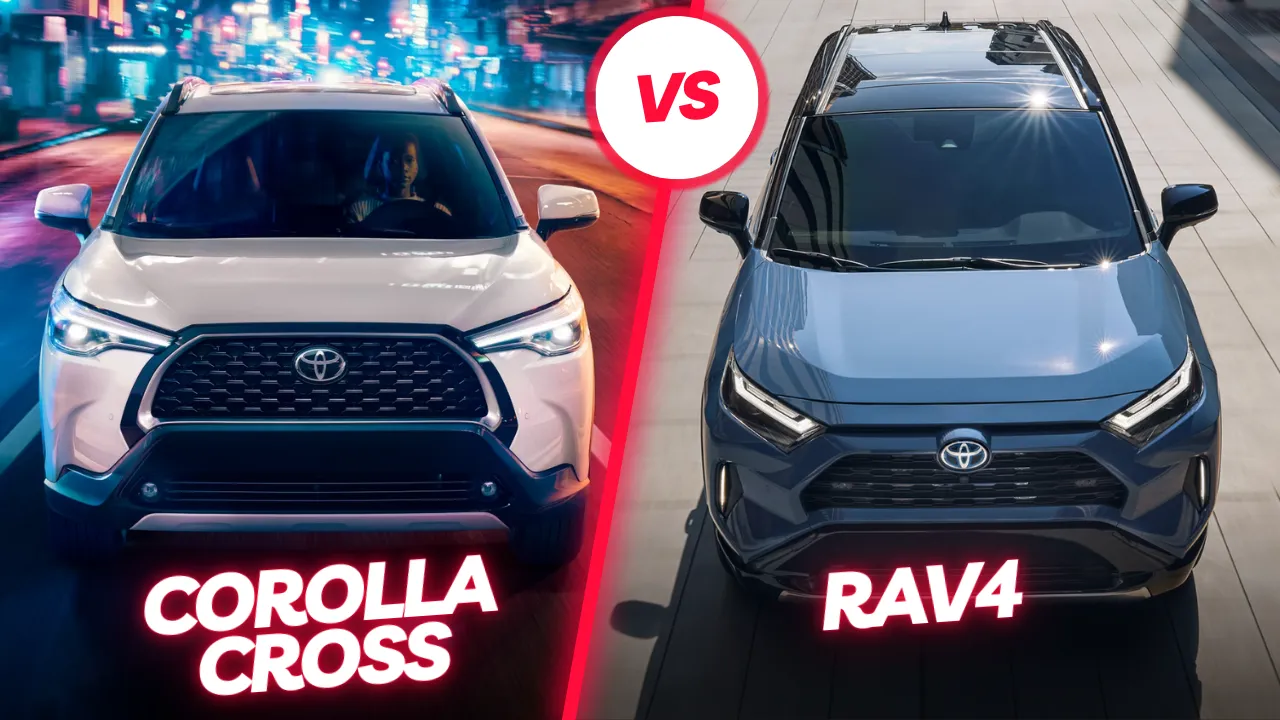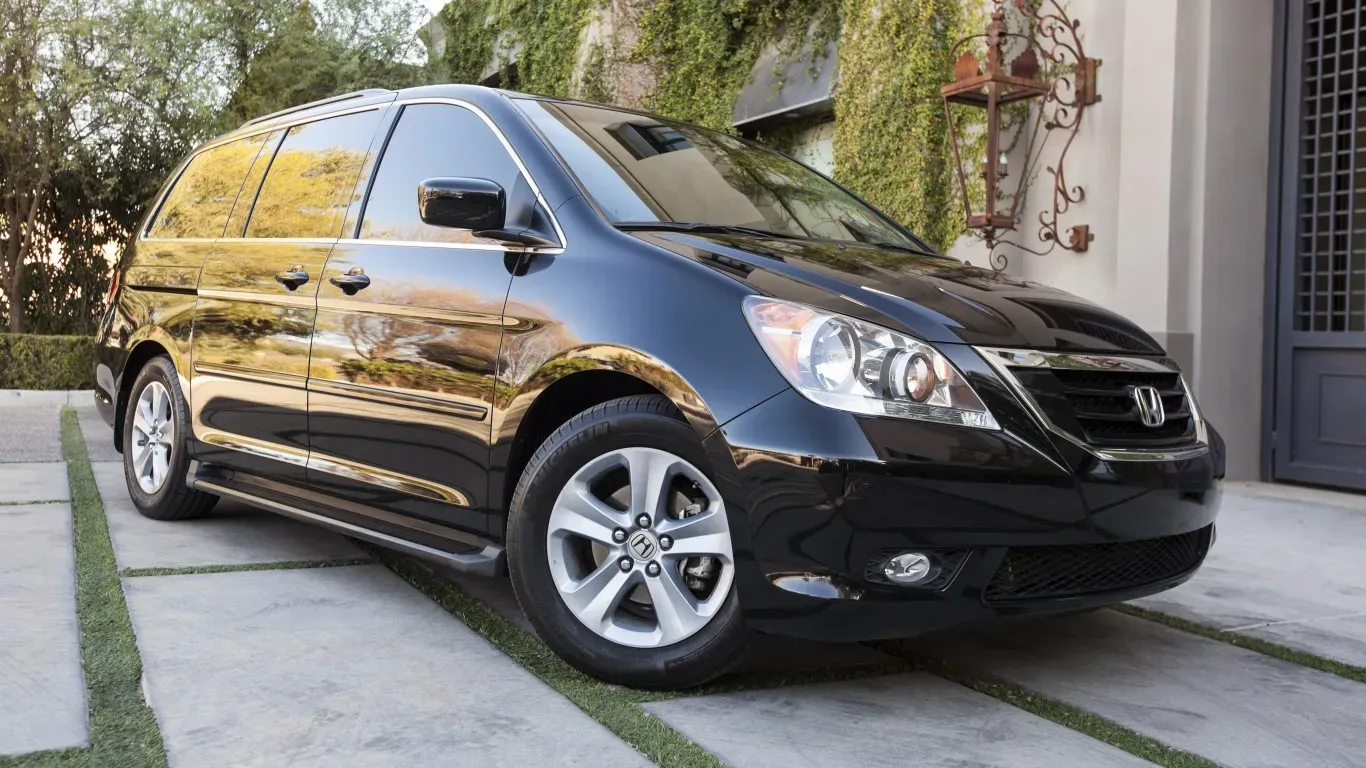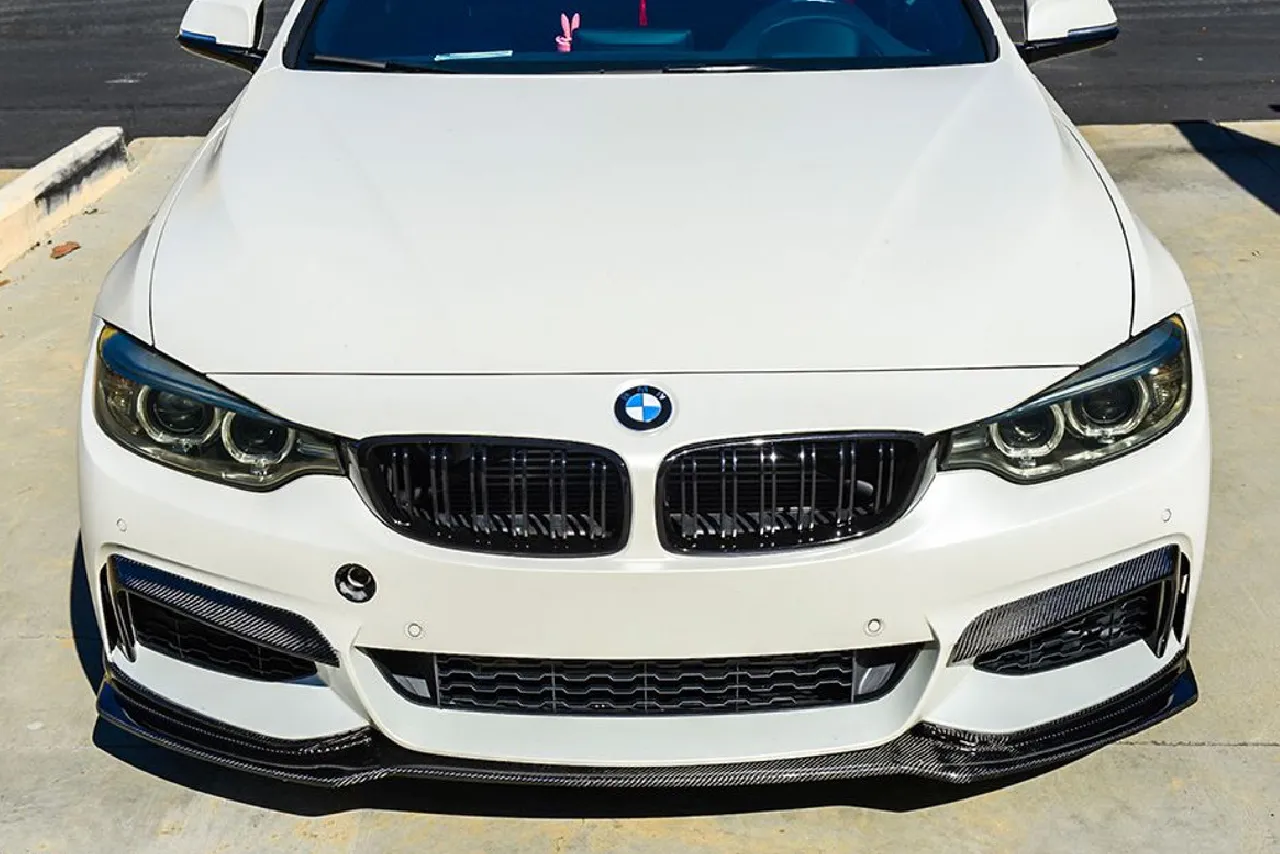In the competitive world of luxury sedans, Lexus stands out for its commitment to quality, innovation, and refinement. Among its popular models, the ES250 and ES350 offer distinct experiences for drivers, combining luxury with performance and efficiency. But what exactly is the difference between ES250 and ES350? These models may look similar, but they vary significantly in engine power, drivetrain, and overall driving experience. Understanding these differences can help potential buyers choose the Lexus model that best fits their preferences, whether it’s fuel efficiency or performance they prioritize.
Key Comparisons of Lexus ES250 vs. ES350
| Feature | Lexus ES250 | Lexus ES350 |
|---|---|---|
| Engine Type | 2.5L 4-cylinder | 3.5L V6 |
| Horsepower | 203 HP | 302 HP |
| Drivetrain | AWD | FWD |
| Fuel Efficiency (City/Hwy) | 25/34 MPG | 22/32 MPG |
| Acceleration (0-60 mph) | ~8.6 seconds | ~6.6 seconds |
| Starting Price | $41,000 | $43,000 |
| Standard Interior Trim | NuLuxe | Leather |
| Infotainment System | Standard with 8″ display | Optional 12.3″ display |
| Safety Package | Lexus Safety System+ | Lexus Safety System+ |
| Seating Capacity | 5 | 5 |
Overview of Lexus ES250 and ES350 Models
The Lexus ES250 and ES350 are both members of the esteemed ES lineup, known for its blend of luxury and affordability within the Lexus brand. While they share a sophisticated design, advanced safety features, and the latest Lexus technology, each model caters to different driving preferences. The ES250 offers a more efficient ride with all-wheel-drive (AWD) capabilities, ideal for those who prioritize fuel economy and all-weather confidence. On the other hand, the ES350 provides a powerful front-wheel-drive (FWD) experience, making it the choice for drivers who want a higher horsepower and a more dynamic performance. Lexus has thoughtfully designed each to meet the unique needs of its luxury clientele.
Engine and Performance
One of the most notable distinctions between the ES250 and ES350 lies in their engines and performance. The ES250 is equipped with a 2.5-liter 4-cylinder engine that produces 203 horsepower, paired with an all-wheel-drive system. This configuration is aimed at drivers who seek smooth, balanced power with fuel efficiency. Meanwhile, the ES350 boasts a more robust 3.5-liter V6 engine, delivering 302 horsepower with front-wheel drive. This setup allows the ES350 to accelerate from 0-60 mph in approximately 6.6 seconds, offering a more spirited and performance-oriented driving experience compared to the ES250. For drivers who prioritize power and responsiveness, the ES350 clearly outshines its counterpart.
Fuel Efficiency
Fuel efficiency is a critical factor for many luxury car buyers, and here the difference between ES250 and ES350 becomes particularly relevant. The ES250, with its smaller engine and AWD configuration, achieves an estimated 25 mpg in the city and 34 mpg on the highway. This makes it an excellent choice for drivers who frequently commute or take long-distance trips. The ES350, while delivering greater power, is slightly less efficient, offering around 22 mpg in the city and 32 mpg on the highway. This trade-off is a key consideration for buyers—those valuing fuel economy may lean towards the ES250, while performance-focused drivers may opt for the ES350.
Interior and Comfort Features
Both the ES250 and ES350 share a luxurious interior with high-quality materials and advanced technology, but there are some subtle differences in comfort features. The ES250 comes standard with NuLuxe upholstery, an eco-friendly yet refined alternative to leather, while the ES350 often includes genuine leather in its higher trim levels. Additionally, the ES350 offers an upgraded infotainment system with a 12.3-inch display screen as an optional feature, providing a larger and more immersive interface for tech-savvy users. With spacious seating for five and a reputation for comfort, both models excel in passenger experience, though the ES350 has a slight edge in luxury options.
Pricing and Value
When it comes to pricing, there’s also a notable difference between ES250 and ES350. The ES250 starts at around $41,000, making it a more affordable entry point into the Lexus ES lineup. This model is ideal for buyers who want a luxurious experience without a higher price tag. Conversely, the ES350 starts at approximately $43,000, reflecting its enhanced performance and additional luxury features. The initial price difference may seem minimal, but over time, the ES250 could prove more cost-effective due to its fuel efficiency and lower maintenance needs. However, for those willing to invest a bit more for a performance edge, the ES350 provides solid value.
Safety and Technology Features
Safety is paramount in both Lexus models, and both the ES250 and ES350 come standard with the Lexus Safety System+, which includes features like pre-collision assistance, lane departure alert, and adaptive cruise control. However, certain advanced technologies, such as a surround-view camera and upgraded audio systems, are more commonly available in the ES350’s premium trims. These additions enhance both safety and entertainment, making the ES350 more suitable for drivers who prioritize top-tier tech options. While both models provide a high standard of safety, the ES350 offers a bit more customization for those interested in a fully loaded experience.
Driving Experience and Handling
Both the Lexus ES250 and ES350 provide a premium driving experience, but their handling characteristics differ due to unique drivetrains and engine setups. The ES250 features all-wheel drive (AWD), providing better traction and stability, especially in adverse weather conditions like rain or snow. This makes it a more versatile option for drivers in regions with diverse climates. Meanwhile, the ES350 offers a front-wheel-drive (FWD) system, which, combined with its powerful V6 engine, delivers a more responsive and dynamic performance. The ES350’s handling is tuned for smooth acceleration and sharp cornering, making it ideal for drivers who enjoy a sportier feel.
Maintenance and Ownership Costs
Ownership costs, including maintenance, play an essential role in choosing between the ES250 and ES350. The ES250, with its efficient 4-cylinder engine, often incurs lower maintenance costs due to its simpler engine design and reduced wear. Routine maintenance, such as oil changes and tire rotations, is generally more affordable, and the AWD system is known for its reliability. The ES350, while slightly more costly to maintain due to the V6 engine and higher performance needs, offers long-term durability and value. Lexus’s reputation for reliability ensures that both models provide cost-effective ownership, but the ES250 may be slightly easier on the budget for regular upkeep.
Environmental Impact and Efficiency
In an era of increasing environmental awareness, fuel efficiency and emissions are key considerations. The ES250, with its smaller, efficient engine, produces fewer emissions, making it a more eco-friendly choice. Its higher fuel efficiency reduces the frequency of refueling and contributes to a lower carbon footprint over time. The ES350, though designed with fuel efficiency in mind, has a larger engine and therefore a slightly higher environmental impact. However, Lexus has optimized both models with features like Eco Mode and idle-stop technology to further improve their efficiency. For eco-conscious buyers, the ES250 presents a more sustainable option without sacrificing the luxury experience.
Technology and Infotainment
Lexus integrates cutting-edge technology in both the ES250 and ES350, yet each model offers unique options that cater to different tech preferences. The standard infotainment system in the ES250 features an 8-inch display, smartphone integration, and voice control, providing seamless access to navigation, music, and calls. For tech enthusiasts, the ES350 offers an optional 12.3-inch display with a richer interface, enhancing the in-car experience. Additionally, the ES350 supports advanced navigation options and audio enhancements, including Mark Levinson® audio. Both models prioritize convenience and safety with features like Apple CarPlay, Android Auto, and Amazon Alexa, but the ES350 provides a more immersive tech experience.
Resale Value and Market Demand
When considering long-term ownership, resale value is a crucial factor, and Lexus vehicles are known for retaining their worth. The difference between ES250 and ES350 in terms of resale value is relatively minor, as both models benefit from Lexus’s reputation for quality and reliability. However, the ES350 tends to hold a slight edge in resale due to its V6 engine and premium status within the ES lineup, which is often more desirable among pre-owned luxury car buyers. The ES250, with its efficient AWD configuration, is appealing to practical buyers, which ensures it also maintains a respectable resale value in the market.
Luxury Features and Customization Options
The ES250 and ES350 both offer high-end interior finishes, but the ES350 provides additional customization options for those seeking a tailored luxury experience. The ES350 has optional premium leather seats, wood trim, and ambient lighting, which elevate its appeal for drivers who want a more luxurious interior. Additionally, the ES350 offers ventilated front seats and a panoramic sunroof in its higher trims, features that enhance comfort and ambiance. While the ES250 is slightly more modest in its standard features, it still includes high-quality NuLuxe seating and a sophisticated layout, ensuring both models meet Lexus’s standards for luxury.
User Reviews and Real-World Feedback
Feedback from current owners highlights the strengths of both models, particularly in terms of comfort, reliability, and performance. ES250 owners often commend the vehicle’s fuel economy and AWD capability, appreciating its all-weather confidence and practicality for everyday driving. On the other hand, ES350 owners frequently praise the car’s smooth acceleration, powerful V6 engine, and upscale feel, which provide an enhanced sense of luxury. Real-world reviews indicate that both the ES250 and ES350 excel in their respective areas, with owners expressing high satisfaction regarding Lexus’s commitment to quality, service, and overall driving experience.
Conclusion
In conclusion, the difference between ES250 and ES350 goes beyond engine specifications; it reflects two distinct driving philosophies. The ES250 is tailored for those who seek a balanced, fuel-efficient, and cost-effective luxury sedan with the added benefit of AWD. In contrast, the ES350 is aimed at drivers who crave higher horsepower, faster acceleration, and enhanced luxury features. Each model brings its strengths, so choosing between them depends on individual priorities. Ultimately, both the ES250 and ES350 uphold Lexus’s commitment to luxury and quality, making either choice a rewarding investment in a premium driving experience.
I’m Waqas, an electric vehicle enthusiast and tech writer with over 6 years of experience covering the EV industry. I write in-depth articles, comparisons, and reviews to help readers understand the fast-evolving world of electric mobility. From battery technology to EV launches and charging trends, I aim to make complex EV topics simple, engaging, and informative for everyday drivers and curious readers alike.





